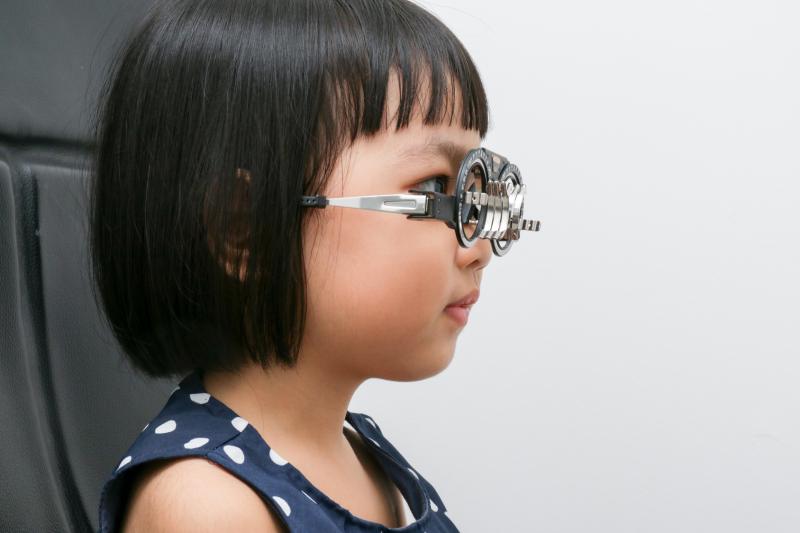 The prevalence rate of myopia amongst preschool children in Hong Kong has tripled from 2.3% to 6.3% in ten years between 1996 and 2006.
The prevalence rate of myopia amongst preschool children in Hong Kong has tripled from 2.3% to 6.3% in ten years between 1996 and 2006.Orthokeratology (OK), in combination with an atropine solution, appears to be effective in decelerating axial elongation in children with myopia, a recent Japan study has found.
The study included 80 children who were randomly assigned to receive either OK alone (monotherapy group; n=35; mean age, 10.37±1.67; 18 males) or in combination with a 0.01% atropine solution (combination group; mean age, 10.33±1.59 years; 18 males). The study lasted for 2 years. The study outcomes included axial length, which was measured using an IOLMaster.
Axial length increased in both groups, but did so more slowly in the combination group (0.29±0.20 vs 0.40±0.23 mm; p=0.03). In relative terms, the combination of OK and atropine solution was 28-percent more potent at decelerating axial elongation than OK alone.
No significant differences in changes over time were reported for the other ocular parameters, including corneal endothelial cell density (p=0.79), intraocular pressure (p=0.28), and uncorrected distant (p=0.64) and near (p=0.51) visual acuity.
Of note, the change in axial length was comparable between groups (p=0.95) in the 3-month period before study initiation. Over 6 (0.06±0.08 vs 0.10±0.09 mm; p=0.03) and 12 (0.12±0.08 vs 0.21±0.13 mm; p=0.008) months of treatment, the combination group saw significantly attenuated axial length growth than monotherapy counterparts.
“Using 0.01% atropine ophthalmic solution together with OK therapy may be a usable and optimal treatment option to slow axial elongation, especially in children with low initial myopia,” the researchers said. Future studies are needed to resolve limitation of the current investigation, including the failure to consider environmental and genetic factors.